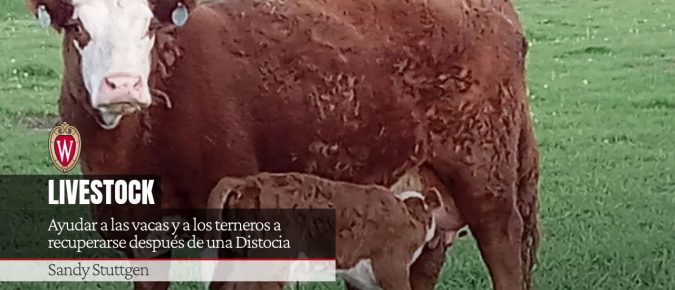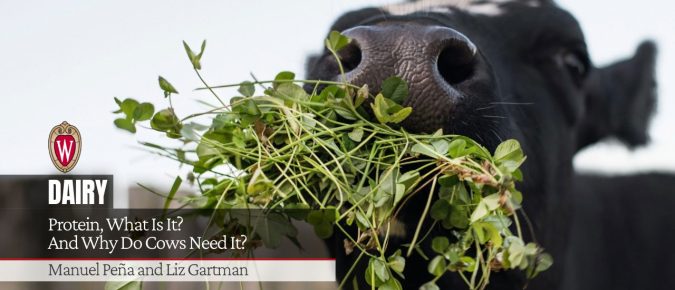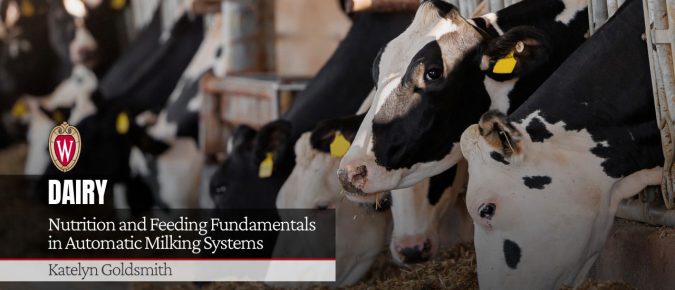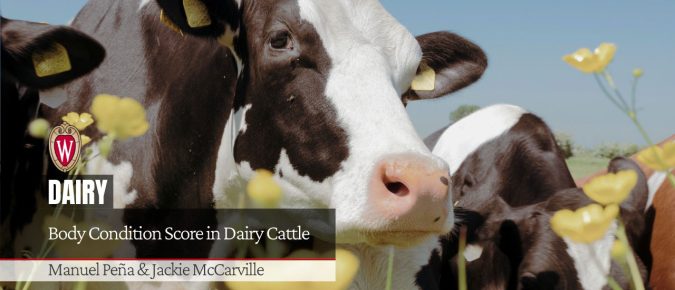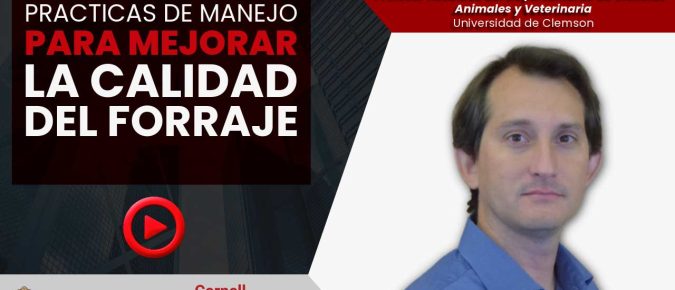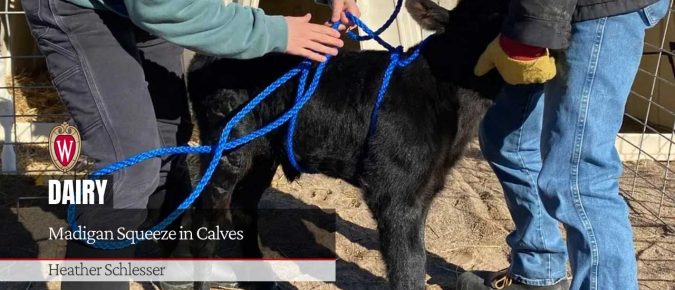Esta hoja informativa le ayudará a asistir al ternero y a la vaca en su recuperación tras un parto difícil (distocia). Proporcionar cuidados después del parto tras una distocia marca una gran diferencia para la madre y su ternero.
While other articles discuss when and how to deliver calves, this one helps you assist the calf and cow in recovering from a difficult calving (dystocia). Providing post-calving care following dystocia makes a huge difference for the dam and her calf.
El confort de la vaca no solo es clave para su bienestar, sino también para la rentabilidad de la lechería y para fortalecer la confianza del consumidor.
Getting protein feeding right is critical to boost both animal productivity and farm profitability.
This article explores how feeding at the AMS works, options for feed types, strategies for feed allocation and formulation, and bunk management.
En este seminario, explicaremos los temas fundamentales para entender el ciclo estral bovino.
Managing feed inventory and waste is a critical nutrition practice. Hear from dairy farmers Grant Grinstead, Jake Peissig and Ryan Shultz talk about how their farms built a feed center to reduce waste and save them money. The UW-Madison Extension Dairy Team will also give a walkthrough of a free tool you can use to calculate forages needs and track inventory.
Research shows that maintaining target BCS levels at specific stages of lactation supports optimal energy balance, which improves milk yield, reproductive performance, and disease resistance.
This article explains the difference between dirty and clean data, pillars of quality data, and practical tips to prevent entering dirty data.
En esta charla se abordan los factores que influyen en la calidad del forraje, como la madurez al momento de la cosecha, la genética, incluyendo el uso de variedades BMR y otros forrajes modificados para mejorar la digestibilidad, y las diferencias de manejo entre gramíneas y leguminosas.
The Madigan Squeeze technique has been shown to help alleviate neonatal maladjustment syndrome in various livestock species.
Dr. Doug Reinemann, Dr. Marcia Endres, and Dr. Nesli Akdeniz Onuki – experts in Automatic Milking Systems (AMS) – answer questions submitted by farmers and their advisors.

